Buchenwald Concentration Camp: Voices from the Past
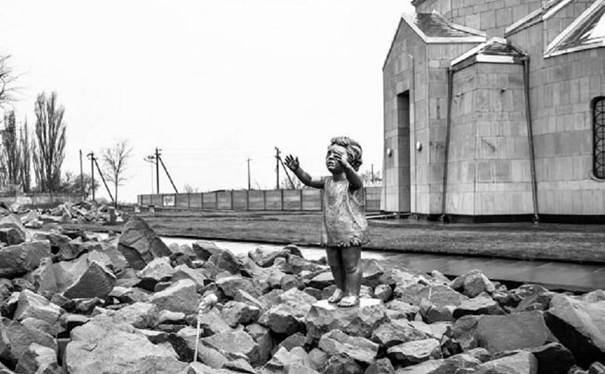
Friends! I have already blocked 6 articles about the Kotscamps and the atrocities of the Nazis. I am forced to blur the most acute and shocking moments, I will try to stretch the words forbidden by the algorithm (write them with a space).
Oh, yes, by the way, let me not devote the whole article to inhuman tortures and so on, this time I would like to write about one character, or rather a woman who became famous for centuries and far from being gentle in disposition and kind heart… Let’s go!
Prelude:
Buchenwald. This word has forever grown into the history of mankind, becoming a symbol of the unimaginable cruelty, inhumanity and horrors of the Second World War.
Ettersberg, once a picturesque slope, turned into a cradle of evil, where under the yoke of the Nazi regime behind the barbed wire, life was warm, but death reigned.

The shadow of Buchenwald still lingers over us, reminding us of the millions of broken destinies, of the innocent victims, of the cold-blooded extermination of human beings.
Today, we set foot on this desecrated land to walk the mournful paths of remembrance, to hear the echoes of groans and to see the ghosts of the past.
In this article, we will not just tell the story of Buchenwald. We will look into the eyes of those who have gone through hell, we will touch their suffering, we will feel the weight of their sorrow.
We must remember that this will never happen again.
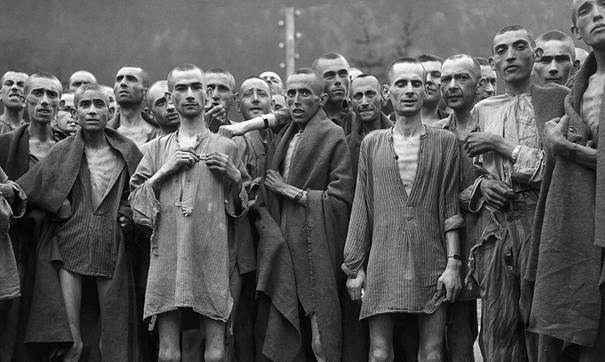
We must remember to preserve humanity in a world where it is so often put to the test.
We must remember that the names of the dead do not sink into oblivion, and their stories become a lesson for future generations.
Buchenwald is not just a place on the map. It is a wound on the body of history that will never heal.
But it is here, in this darkness, that we can find the light of hope.
After all, even in the heart of hell, the human spirit was not broken.
And today we light a candle of remembrance as a sign of admiration for those who did not give up, who fought, who believed in the future.
May their feat become an eternal inspiration for us.
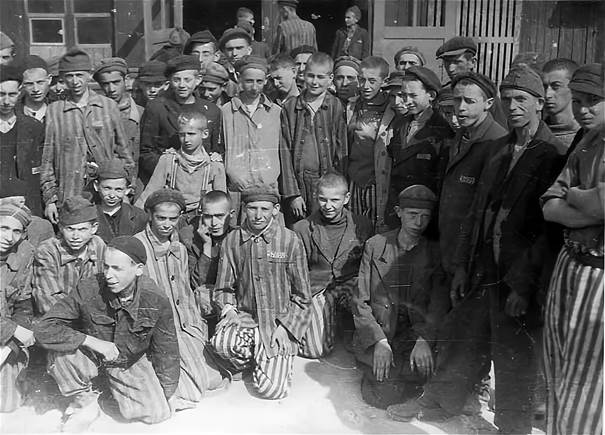
The construction of Buchenwald began in 1937 with the initiative of the SS (Schutzstaffel), the elite guard of the Nazi Party. Originally, the camp was intended to hold “political enemies” and “undesirable elements” of the Nazi regime.
The camp was erected on the slope of Mount Ettersberg, near the city of Weimar, Germany.
In 1937-1938, the first barracks and camp infrastructure were laid and raised, they were built by prisoners from the Sachsenhausen concentration camp.
The working conditions were terrible. Prisoners worked 12 to 14 hours a day, receiving meager food and being mistreated by guards.
Many prisoners could not endure the harsh conditions and died of hunger, disease or ill-treatment.
Between 1938 and 1945, the project expanded, Buchenwald was greatly expanded, and by 1945 it held more than 50,000 prisoners.
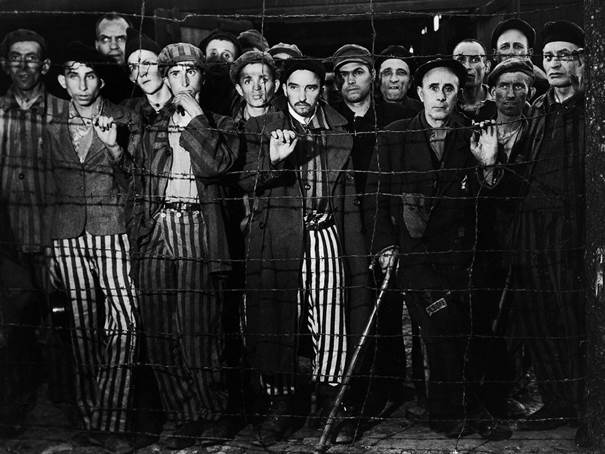
People of different nationalities, political views, religious beliefs and social groups were held in the camp, including Jews, Poles, Soviet citizens, Roma, homosexuals and others.
Buchenwald became one of the centers of mass people. There was a crematorium in the camp, where tens of thousands of bodies were burned.
A network of 80 sub-camps was established around Buchenwald, where prisoners worked in various industrial enterprises.
Most of the work on the construction and operation of the camp was carried out by the prisoners themselves. SS guards supervised the prisoners and were responsible for their safety. German companies such as Siemens, Krupp and IG Farben used the labor of Buchenwald prisoners in their factories.
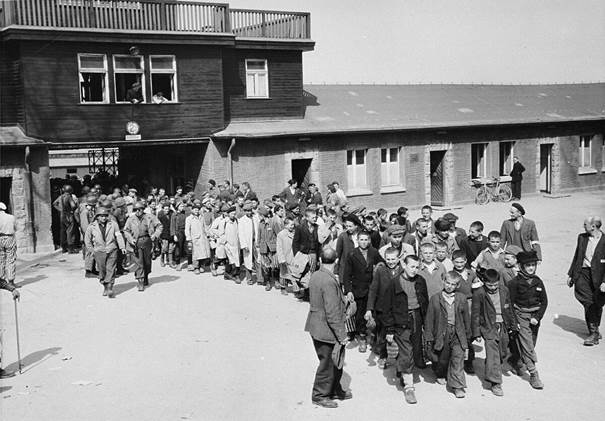
The commandants of Buchenwald were well-known historical figures:
From 1937 to 1941 – Karl Koch – First Commandant of Buchenwald. He was known for his cruelty and sadism.
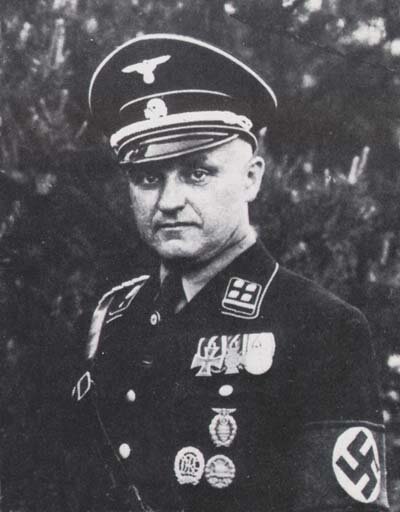
From 1941-1942 the camp was run by Hermann Pister, the Second Commandant of Buchenwald. He continued his policy of terror and ill-treatment of prisoners.
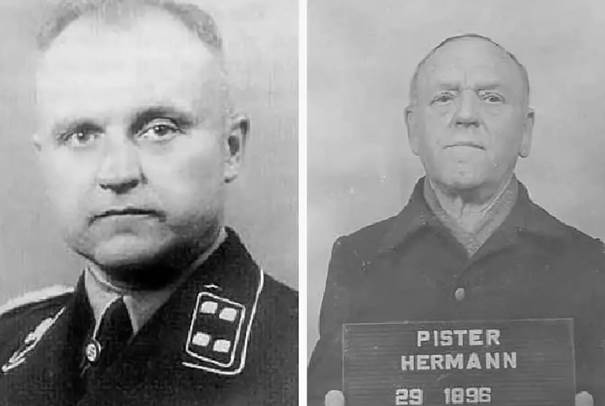
Johannes Koppel, the third commandant of Buchenwald, ruled it from 1942 to 1945. Under him, new sub-camps were established in the camp, where prisoners worked in military enterprises.
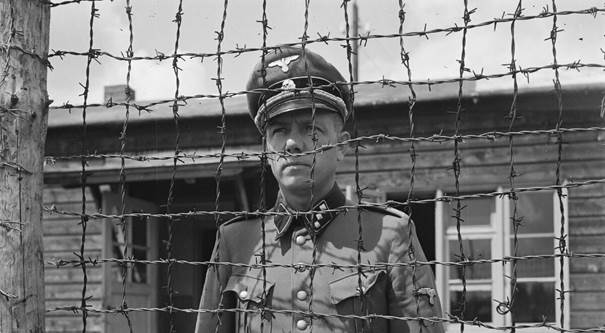
In 1945, Walter Schmaldienst, the fourth and last commandant of Buchenwald, was put in command of the camp. History has not preserved his photographs.
On April 11, 1945, the inmates of the camp revolted and swept away their guards, and the Allied troops finally liberated the prisoners.
The fate of the commandants:
Karl Koch was arrested in 1945 by order of the SS for corruption and other crimes.
Hermann Pister committed suicide in 1948 while awaiting trial.
Johannes Koppel was sentenced to death in 1947.
Walter Schmaldienst was sentenced to life imprisonment, released in 1963, and died in 1982.
And now to the salt of the article:
The Witch of Buchenwald
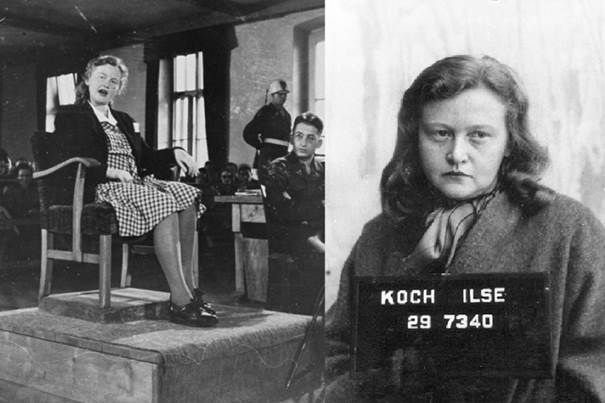
Ilse Koch (née Köhler) is the wife of Karl Koch, the commandant of the Buchenwald concentration camp. She earned the nickname “The Witch of Buchenwald” for her cruelty and sadistic attitude towards prisoners.
The young lady was born on September 22, 1906 in Dresden, Germany.
In 1932 she joined the NSDAP.
In 1937 she married Karl Koch.
From 1937 to 1945 she lived in Buchenwald and took an active part in the life of the camp.
Atrocities:
She is known for her cruelty towards prisoners, especially women.
She personally selected prisoners for r a s t r e l a.
She collected tattoos from prisoners.
According to rumors, she made lampshades, gloves and other items out of prisoners and prisoners.
She was arrested in 1945.
She was sentenced to life imprisonment by a U.S. military tribunal.
In 1967, she committed suicide by sawing herself in prison.
Ilse Koch is a symbol of the cruelty and inhumanity of the Nazi regime.
Her name has become synonymous with sadism and fanaticism.
The veracity of some of the accusations against Ilse Koch, such as the manufacture of objects made of human flesh, has not been fully proven.
Despite this, she was undoubtedly a cruel and inhuman woman who was involved in the deaths of many people.
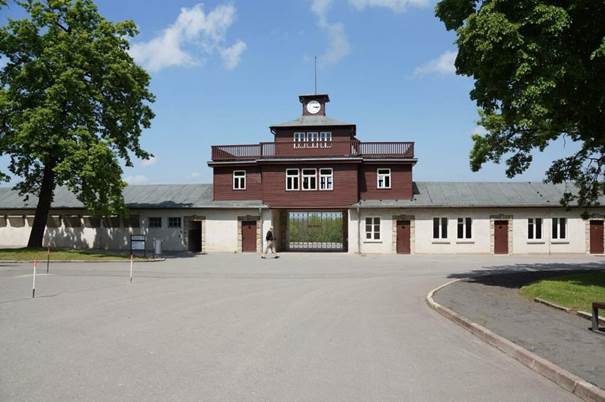
That’s all, dear subscribers and guests of the channel, what I wanted to tell you about. Write your attitude to the Nazis, the events described in the article and to the channel “Arsenal of History” in the comments, put a like. Congratulations to all men on the upcoming Defender of the Fatherland Day!
